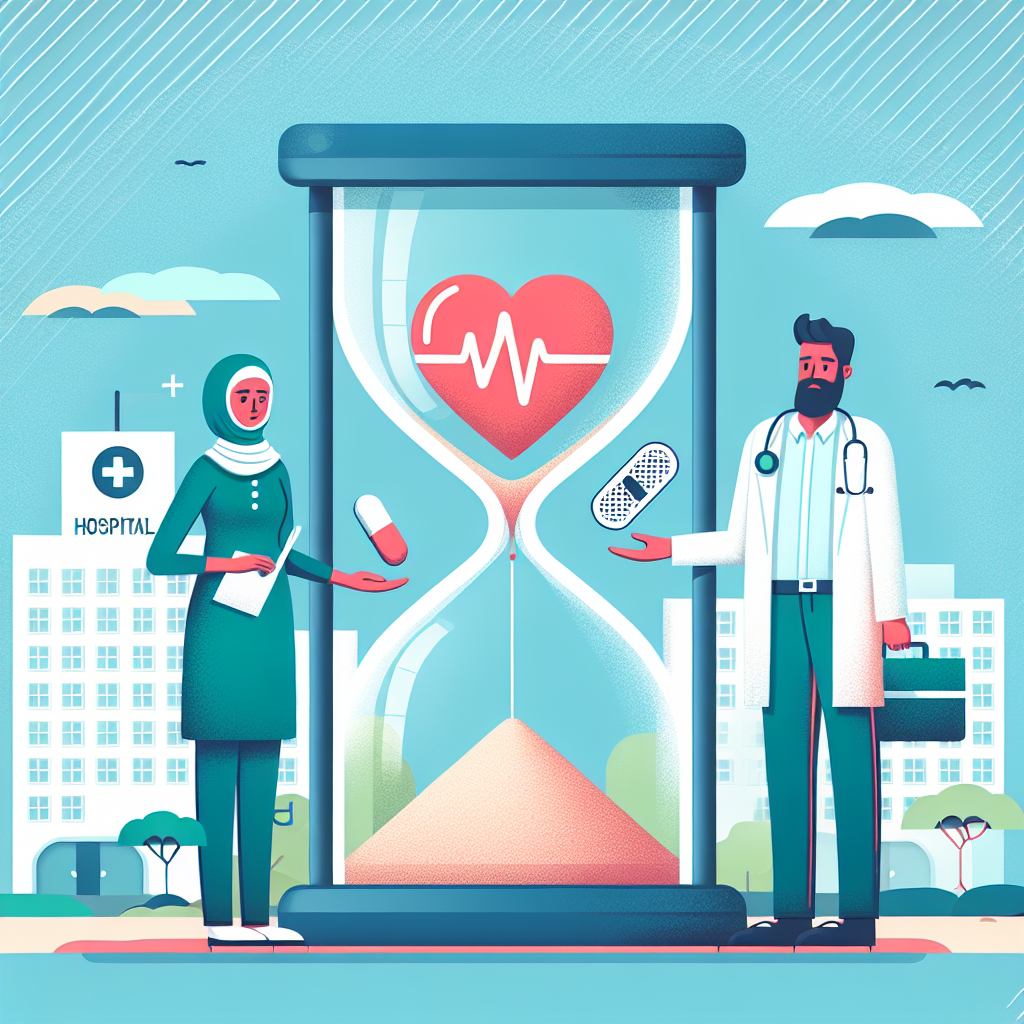Filed under Health Insurance on
Understanding Motorcycle Health Insurance Basics

For motorcycle enthusiasts, riding offers an unparalleled sense of freedom and adventure. However, with that thrill comes an element of risk. This is where understanding motorcycle health insurance basics becomes crucial. Motorcycle health insurance isn't just about protecting your ride; it's about safeguarding your well-being on the road. Despite its importance, many riders remain in the dark about the nuances of this type of coverage. Let's delve deep into the essentials and empower you with the knowledge needed to make informed decisions.
What Is Motorcycle Health Insurance?
Motorcycle health insurance is a specialized form of coverage designed to cover medical expenses resulting from motorcycle-related incidents. This insurance focuses on protecting riders from the potentially high costs of medical treatments after an accident, complementing traditional auto insurance that may primarily address damage to the bike itself.
Why It's Important
The importance of motorcycle health insurance cannot be overstated. Motorcycles lack the protective shell that cars have, making riders more susceptible to injuries in accidents. According to the National Highway Traffic Safety Administration (NHTSA), motorcyclists are approximately 28 times more likely than passenger vehicle occupants to die in a motor vehicle crash. Thus, having the right health insurance can mean the difference between receiving optimal care and facing substantial medical bills.
Components of Motorcycle Health Insurance
1. Medical Payments Coverage
This component covers medical expenses for you and your passengers after an accident, regardless of who is at fault. This can include hospital visits, surgeries, and rehabilitation costs. Medical payments coverage acts as a vital buffer, ensuring that your basic medical needs are met without financial strain.
2. Personal Injury Protection (PIP)
Personal Injury Protection provides a more comprehensive safety net by covering medical expenses and potentially lost wages due to an accident. Though not required in all states, PIP can be highly beneficial for motorcyclists, offering broader financial protection.
3. Collision and Comprehensive Coverage
Though primarily aimed at covering damage to the motorcycle, these coverages indirectly relate to health insurance by ensuring that repair expenses do not compromise funds available for medical care.
Factors Influencing Motorcycle Health Insurance Costs
1. Age and Experience of the Rider
Insurance providers often assess the age and experience level of the rider. Younger, less experienced riders may face higher premiums due to perceived risk, while seasoned riders might enjoy lower costs.
2. Type of Motorcycle
The make and model of the motorcycle can significantly impact insurance rates. High-performance bikes or custom models might attract higher premiums due to their increased accident risk or repair costs.
3. Riding Habits
Frequent riders or those who use their motorcycle for long commutes might face higher insurance costs compared to occasional riders. Highlighting safe riding practices can sometimes mitigate this factor.
How to Choose the Right Policy
Deciding on motorcycle health insurance involves several considerations. Here’s a step-by-step guide to help streamline the process:
- Assess Your Needs: Analyze your riding habits, the type of motorcycle you own, and your financial situation to determine the coverage type and level.
- Research Providers: Compare several insurance companies. Look for those with strong reputations, excellent customer service, and efficient claims processes.
- Understand Policy Details: Carefully review policy details to ensure they meet your needs. Pay attention to the exceptions and limitations.
- Seek Expert Advice: Consider consulting with an insurance expert who specializes in motorcycle insurance to obtain tailored advice.
Industry Trends and Expert Opinions
As the popularity of motorcycling continues to grow, industry trends indicate a shift towards more personalized insurance products. Riders are seeking customized plans that reflect their individual lifestyles and needs. Shelley Stevens, an insurance analyst, points out, “Today’s motorcyclists are looking for flexible coverage options that are both comprehensive and affordable.” This trend is reflected in the increasing availability of adjustable policies that allow riders to build coverage plans akin to choosing a-la-carte items from a menu.
Common Misconceptions
1. My Auto Insurance Covers Motorcycle Injuries
This is a prevalent misconception. Regular auto insurance policies are distinct from motorcycle coverage. While there might be overlaps, specific coverage for motorcycle-related injuries often requires dedicated policies.
2. Health Insurance Suffices for Motorcycle Accidents
While traditional health insurance plans cover medical expenses, they might not cater to non-medical aspects of accidents that motorcycle health insurance covers, such as lost wages.
Increasing Affordability
Finding cost-effective motorcycle health insurance is possible with strategic approaches:
- Bundle Policies: Consider integrating your motorcycle insurance with other policies, like homeowners or auto insurance, often resulting in discounts.
- Increase the Deductible: Raising your deductible can lead to lower premiums, though it’s crucial to ensure you can afford the higher out-of-pocket costs if necessary.
- Maintain a Clean Riding Record: Safe riding practices not only enhance safety but can lead to reduced insurance rates over time.
- Training Courses: Completing advanced riding courses can earn you discounts, as they demonstrate a commitment to safe biking.
Conclusion
Understanding motorcycle health insurance basics is indispensable for any motorcycle enthusiast. With the inherent risks associated with biking, having comprehensive coverage is not just a safeguard—it's a necessity. By educating yourself about the various facets of this insurance, keeping abreast of industry trends, and making informed choices, you can enjoy your rides with peace of mind. After all, the open road is best enjoyed when the journey is safe, secure, and carefree.





